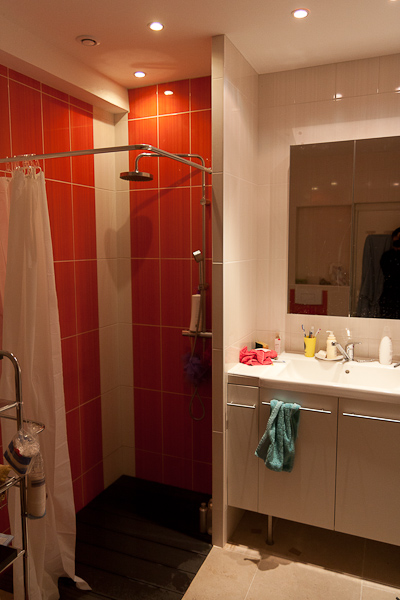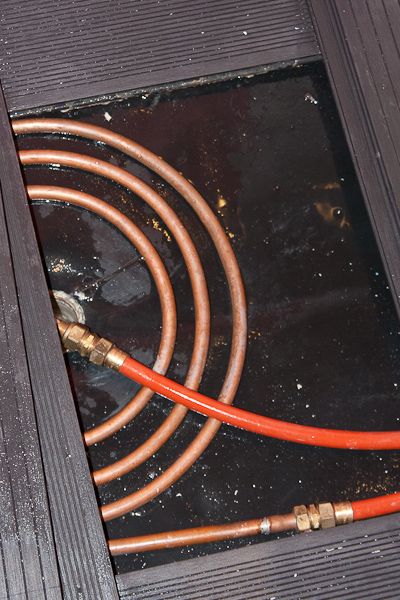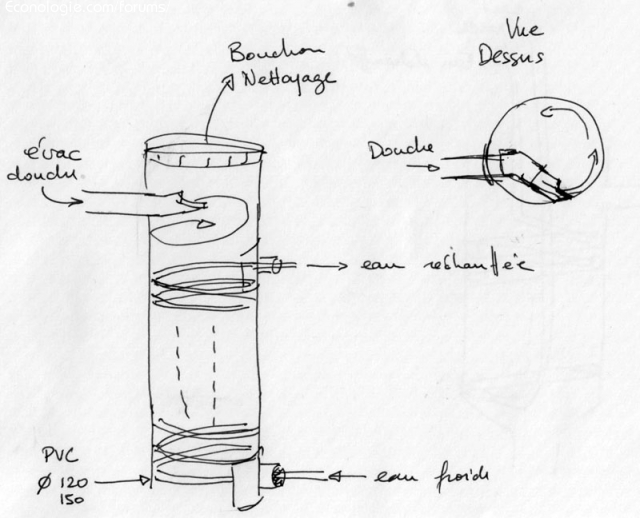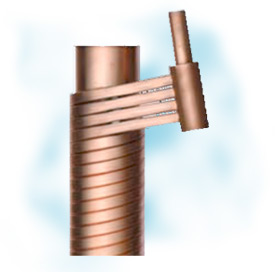> Why didn't you screw the slats?
I had no stainless steel screws on hand ... if the polyurethane is blocked, that's what I will do, but from below, to hide the heads.
> ps: practical question I presume that it is mandatory
> an "automatic" mixer?
Yes, obligated. It compensates well for temperature variations, in use there are no problems. When I turn off the tap and open it again after soaping, it's a little warmer for a second or two, nothing serious.
> Uh yes that's the theory ... in practice provided you have a loop
> ECS (very rare in individuals) well there is always a mess in
> pipes ...
The water heater is just behind the left wall in the photo so the hot water takes 1 second to come, there is 2m50 of hose (it is made for

). In addition it is PER so it does not cool in 2 minutes ...
In my old apartment the gas boiler that heated the water was at the other end, it took forever for this to happen, and the huge temperature variations ... zero comfort and maximum waste!
Otherwise, well, it gets dirty, you have to clean it, that's the problem, after 2 months it's dirty, but it takes 2 minutes. But if the exchanger is well hidden in the cellar (like the commercial models style pipe) and not cleanable, we do not see that it is disgusting and clogged everywhere and that it does not exchange anything, so ultimately, it's not worse!
If it had to be done again (for Christophe then):
- I would put a door (the curtain touches the ground but does not go to the ceiling, hence a small draft ... when the curtain did not touch the ground, it was a huge draft) .
Problem, the shower stalls that we find in the trade, it's shit, boring to ask, it leaks, it's ugly, it's all plastic, you clean a little hard it scratches, joints silicone everywhere that mold, doors not practical, etc ... so rather a door and tiles, all without drafts, but you need a mouth of VMC in the ceiling if you do not want to eat the paint on the face because of humidity!
- I would put a resin shower tray with the coil inside (there I could not because of the custom dimensions, and the fairly reduced thickness of the slab).
You'd have to find one with the drain in the middle.
Cold water must remain in contact with the tube for a long time: if it is 5mm above the bottom, it goes directly into the hole ...
Ideally, the grating should press a little on the tube.
I built it like a walk-in shower (flexible PVC membrane), but without the slab and the tiles on it.
- And a wooden grating (the composite one weighs 15 kg), but it is top class and warm under the toes
- And longer tube









